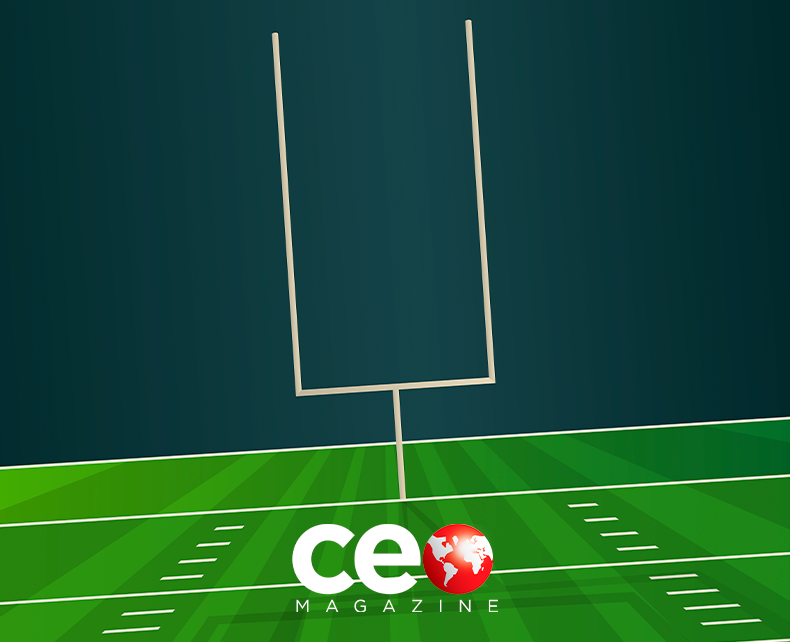Apple Inc.: From Garage Startup to Global Powerhouse
Apple Inc., A Name Synonymous with Innovation and Design, Has Transformed From A Modest Startup Into One Of The World’s Most Influential Technology Companies. As of 2025, Apple’s Remarkable Journey is a testament to its Visionary Leadership, Groundbreaking Products, and Strategic Decisions.
Humble starting: The Birth of Apple
In 1976, College Dropouts Steve Jobs and Steve Wozniak, Along with Ronald Wayne, Founded Apple Computer Co. In Jobs’ Family Garage in Cupertino, California. Their mission was to make computers accessible to the average person, a vision that led to the creation of the Apple I, a single board computer designed by wozniak. This initial venture laid the foundation for Apple’s future innovations.
Early Innovations and Challenges
Building on the success of the Apple I, the Company Introduced the Apple II in 1977, which Became One of the First Highly Successful Mass-Produced Personal Computers. Despite thesis Early Achievements, Apple Face Significant Challenges in the 1980s and 1990s, including internal conflicts and market competition, leading to fluctuating financial performance.
Related: What is Apple’s Business Strategy and their Biggest Pitsfall?
Related: The Most Significant Disappointments in Transportation for 2024
The Return of Steve Jobs and a New Era
In 1997, after a period away from the company, Steve Jobs Returned to Apple Following Its Acquisition of Next, A Company He Had Founded. His return marked a turning point, as he restructured Apple from A Product-Based Organization to a Functional One, Fostering Collaboration and Innovation Across Departments. This strategic Shift Eliminated Redundancies and Reduced Internal Conflicts, Setting the Stage for Future Success.
Iconic Products and Market Expansion
Under Jobs’ Leadership, Apple Launched A Series of Groundbreaking Products that Redefined Their Respective Markets:
-
iMac (1998): A line of all-in-one macintosh desktop computer that combined a central processing unit and monitor into a single unit, known for its innovative design and ease of use.
-
iPod (2001): A Portable Media Player that Revolutionized the Way People Listen to Music, Allowing Users to Carry Thousands of Songs in Their Pockets.
-
iPhone (2007): A smartphone that Combined a Phone, on iPod, and on Internet Communicator Into One Device, Featuring a Touch Screen and a Revolutionary User Interface.
-
iPad (2010): A tablet computer that offer a new way to brows the web, watch videos, and read books, bridging the gap between smartphones and laptops.
Thesis Products Not only Solidified Apple’s Reputation for Innovation But So Significantly Expanded ITS Market Presence.
Related: The Top UK CEOS
Related: The Winning Habits of Bill Gates
Financial Milestones and Global Influence
Apple’s Financial Growth Has Be Nothing Short of Extraordinary. In 2010, the Company Reported Annual Revenue of $ 65 Billion, which GREW to $ 127.8 Billion in 2011 and $ 156 Billion in 2012. BY August 2018, Apple Became the first public company to REACH A Market Capitalization of $ 1 Trillion.
As of the First Quarter of Fiscal Year 2025, Apple Reported Revenue of $ 124.3 Billion, A 4% Increat Year-over-Year, and Earnings via Share of $ 2.40, Up 10% from the Previous Year. Thesis figures undercore Apple’s Sustained Growth and Profitability.
Strategic Decisions and Organizational Structure
A key factor in Apple’s sustained success is it functionally organizational structural structures, implemented by jobs upon his return. This Structure Organizes the Company by Functions Search as Hardware, Software, And Marketing, Rather than BY Products. This Approach Foster Collaboration and Innovation Across the Company, Eliminating Redundancies and Reducing Internal Conflicts. So creates a robust framework for future leaders, emphasized expertise and adaptability.
Challenges and Controversies
Despite ITS SUCCESSES, Apple has Faced Challenges, Including Legal Disputes Over Tax Agreements. Notably, the European Court of Justice Ruled that Apple Owed € 13 Billion in Additional Taxes Due to Its Tax Arrangements in Ireland Between 2004 and 2014. This situation Highlight the Complexities of Global Tax Practices and the Scrutiny Faced by Multinational Corporations.
Looking Ahead: Apple’s Future in 2025 and Beyond
As of 2025, Apple Continues to Innovate, Focusing on Area Search as Artificial Intelligence, Augmented Reality, and Health Technology. The Company’s Commitment to Environmental Sustainability and Privacy So Remains Central to Its Strategy.
Apple’s journey from a garage startup to a global powerhouse exemplifies the impact of visionary leadership, innovative products, and strategic decision-to-make. As the Company Moves Forward, It Remains Poised to Shape the Future of Technology and Maintain Its Position at the Forefront of the Industry.






